
You have a computer screen that keeps turning off and on ? This problem can be very annoying and prevent you from working or playing properly. It can have several possible causes, such as defective cable, outdated driver, virus or overheating. Fortunately, there are solutions to this. In this article, we will tell you how to determine the source of the problem and how to fix it.
Check your monitor cables

First of all, you need to check if your monitor is connected correctly. Because if the the screen turns off and on again, this may be due to a faulty cable. Therefore, first check your display cable, which connects the device to your computer. Make sure it is securely attached at both ends and is not damaged. You can also try cable change or port to see if the problem persists.
Update your graphics card drivers
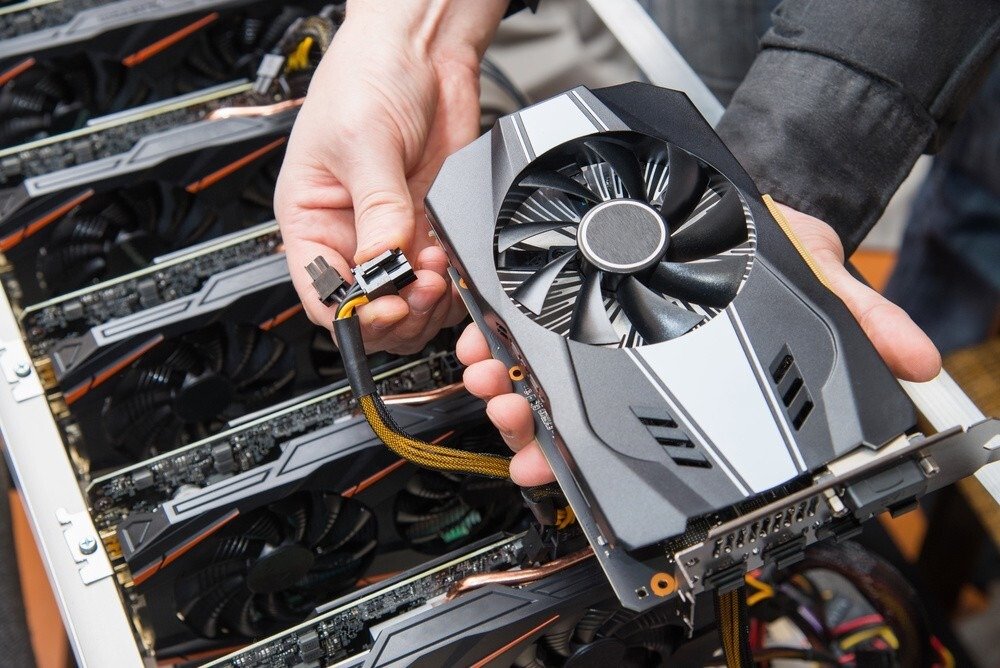
If the problem is not the cables, the problem may come from the drivers for your graphics card. Drivers are software that allow your computer to communicate with external devices, such as the display. If the drivers are old or incompatible, they can cause malfunctions.
To find out if your drivers are up to date, you can use the Windows Update tool which automatically checks if there are any updates available for your system.
Here’s how to do it:
- Open the Start menu and click Settings (the gear icon).
- Click on Update and security.
- Click Windows Update. You’ll see it in the navigation menu on the left side of the window.
- Click Check for updates. It’s at the top of the page.
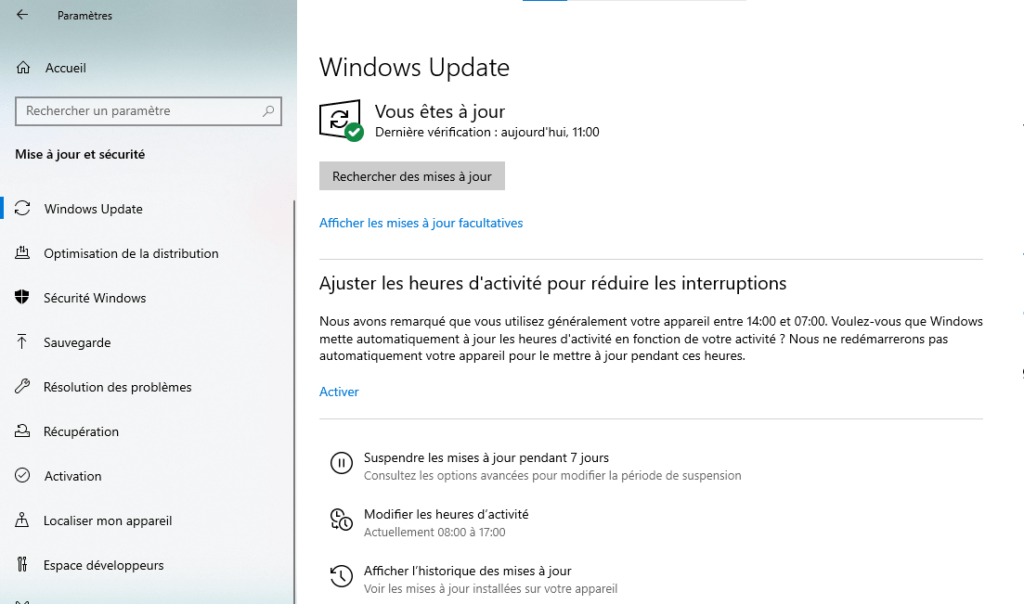
- If driver updates are available, click Install Now to download and install.
Shed update your graphics card driversyou can follow these steps:
- Download the Intel® Driver and Support Assistant on your computer.
- Run the downloaded file and follow the on-screen instructions to install the software.
- Launch the Intel® Driver and Support Assistant and let it analyze your system.
- If driver updates are available, click Install to download and install them automatically.
You can also check this guide for more details and options.
Scan your computer with an anti-virus program
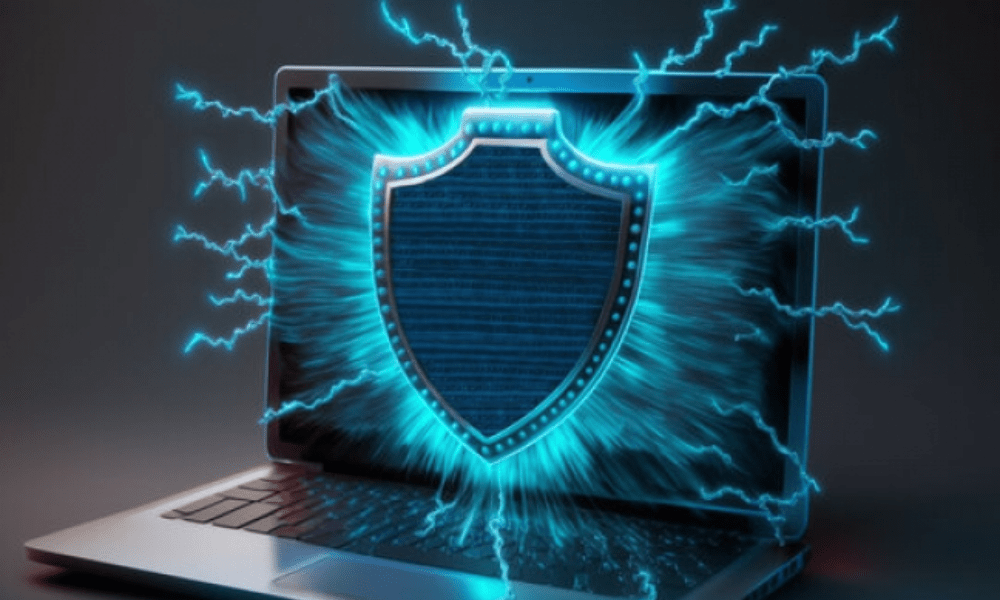
Another factor that can cause problem turning the screen off and on is the presence of a virus or malware on your computer. These programs can infect your system and disrupt its operation. To get rid of it, you must scan your computer with a reliable antivirus and effective, such as Avast, Kaspersky or Bitdefender. You can also use software like Malwarebytes or AdwCleaner to remove any adware or spyware that may be slowing down your computer.
Clean your computer and check its temperature
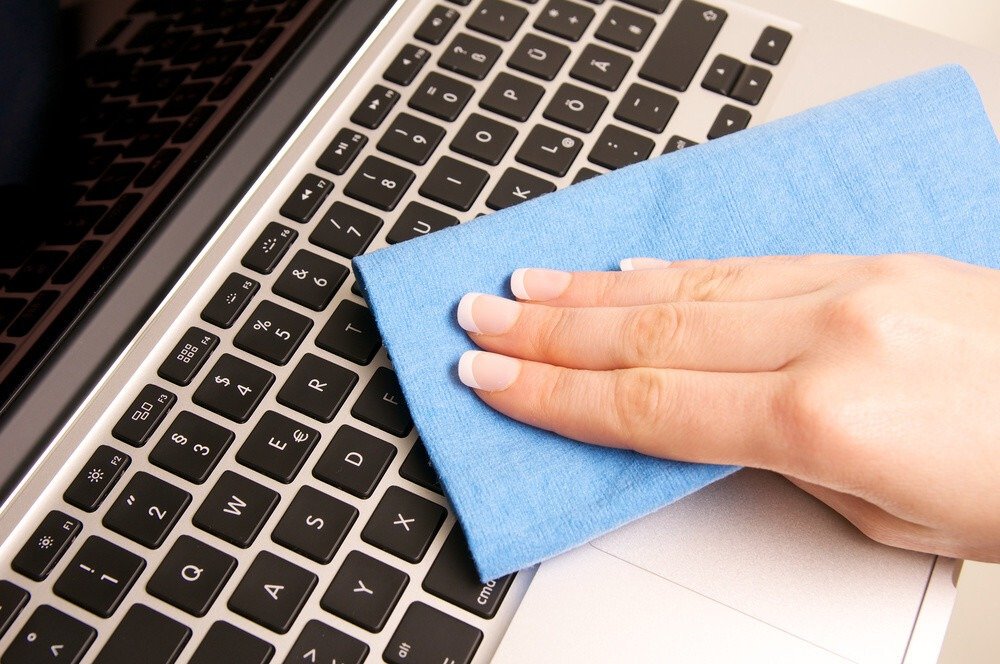
Finally, the problem may be related to overheating of your computer or monitor. If your computer or monitor gets too hot, it may turn off and on again avoid irreversible damage. To avoid this, you should regularly clean your computer and screen with a soft cloth and a suitable product. You must too dust the fans and the ventilation grilles with a canister of compressed air or a vacuum cleaner. You can also use software like SpeedFan the HWMonitor to control the temperature of your computer, prevent the computer from overheating and adjust the fan speed if necessary.
Summary table of solutions
| Possible cause | Solution |
| Defective cable | Check the cables and replace them if necessary |
| Outdated driver | Update your graphics card drivers |
| Virus or malware | Scan your computer with anti-virus and anti-malware |
| Overheated | Clean your computer and monitor and check their temperature |
Frequently asked questions about turning off and resuming the screen
In this section, we will answer the most frequently asked questions about the screen off and on problem.
Why does my screen turn off and on when I play games?
If you The screen turns off and on during playback, this may be due to overheating of your computer or monitor. Indeed, video games are very resource intensive and can cause your hardware to heat up. To avoid this, you should clean your computer and monitor, check their temperature and adjust the graphics settings of your games.
How do I know if my screen is defective?

If you suspect that your the screen is defective, you can do a simple test to check it. Simply connect your display to another computer or device, such as a console or DVD player. If the problem persists, it means that your screen is defective and needs to be replaced. If the problem goes away, it means that the problem is with your computer or its cable.
How to fix a flickering screen?
If you the screen is flashing, This may be due to a problem with refresh or resolution rate. The refresh rate is the number of times per second that the screen displays an image. Resolution is the number of pixels the screen displays. If these settings are not suitable for your monitor, they may cause flickering. To modify them, you can follow these steps:
- Click the Start button and then Settings
- Click System and then Display
- Click Advanced Display Settings
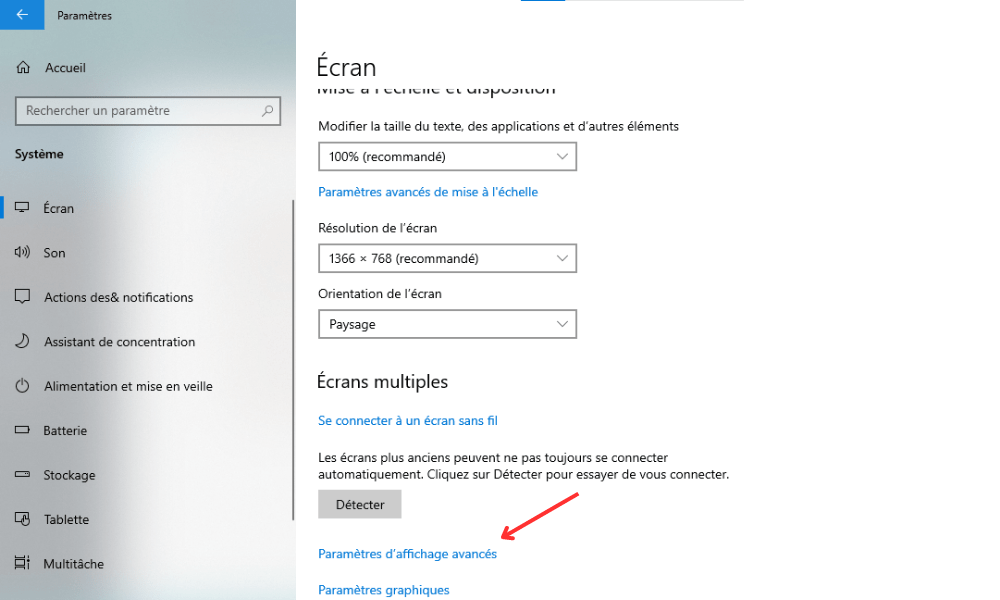
- Click Video Card Properties for Screen 1
- Then click the Display tab
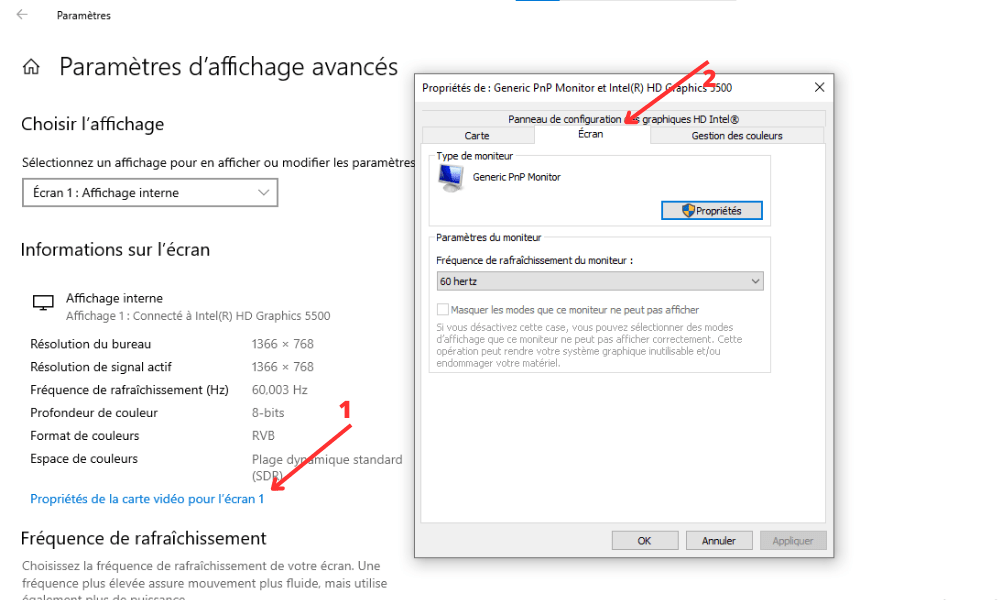
- Choose a refresh rate and resolution compatible with your monitor
- Click Apply and then OK
conclusion
In summary, this article provides solutions to solve the screen off and on problem. We identified possible causes of this problem such as faulty cable, old driver, virus or overheating. We’ve also covered the steps to check cables, update drivers, scan the computer with an anti-virus program and clean the computer and screen. We hope these tips help you get the most out of your screen. To go further, you can consult other resources on best practices for maintaining your computer equipment and preventing malfunctions.
